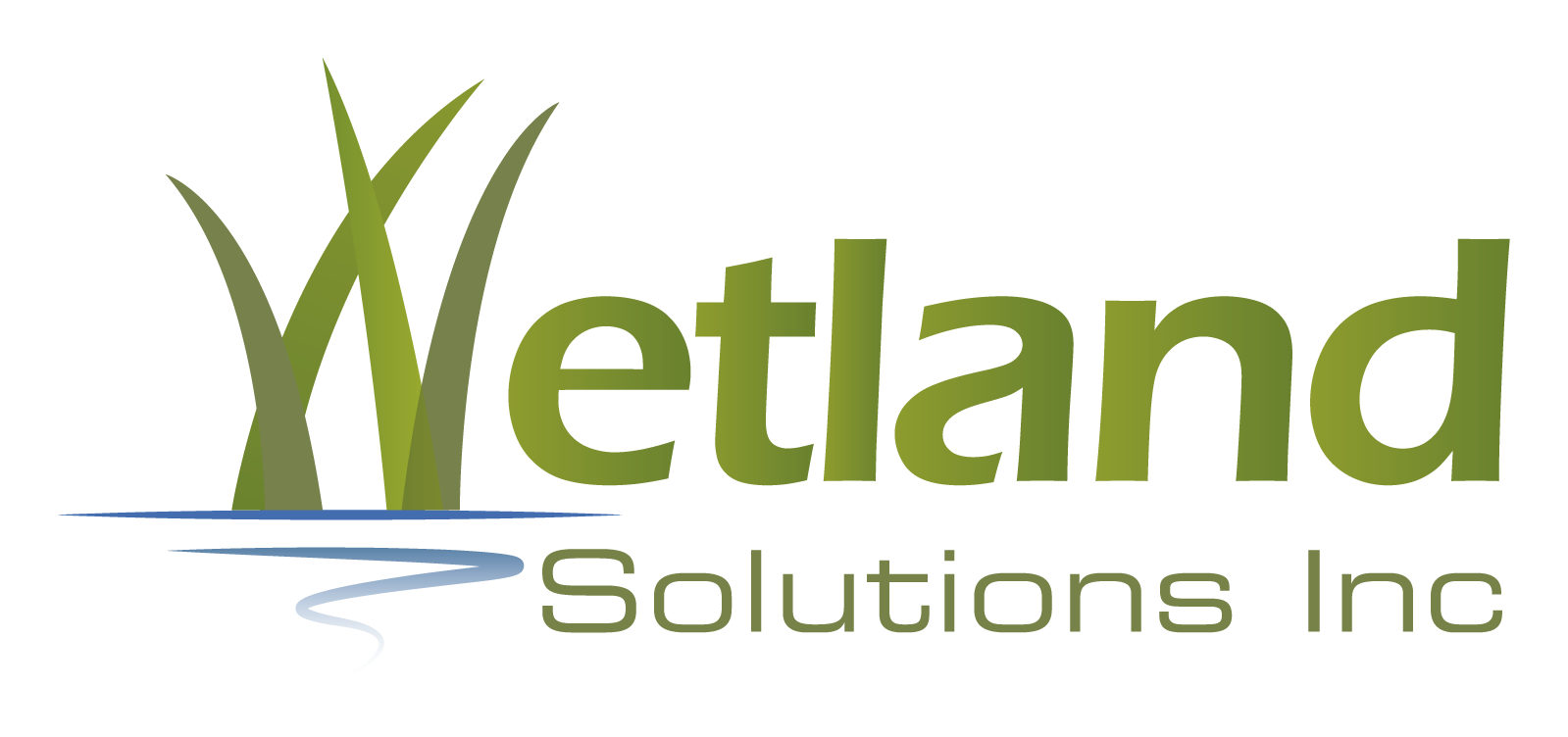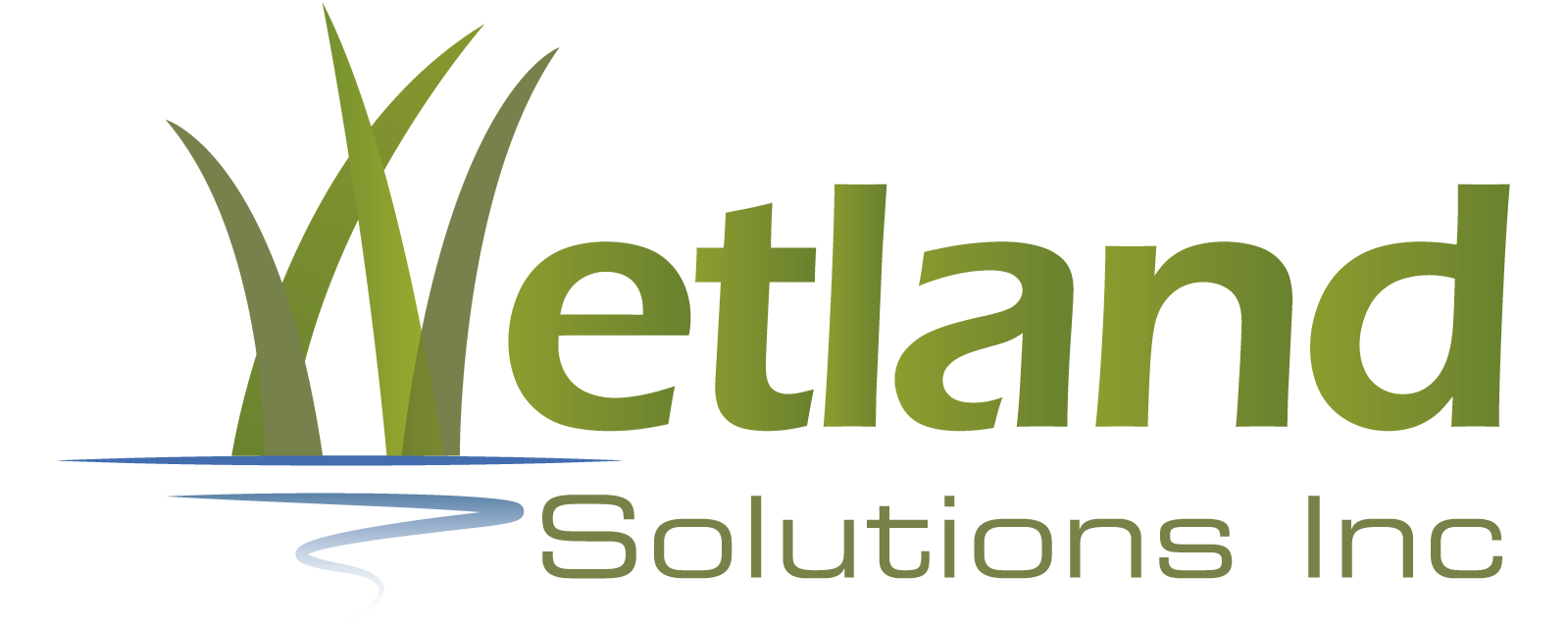Treatment Wetlands
Wetland Solutions, Inc. (WSI) is a worldwide leader in developing and applying treatment wetland technologies to solve a variety of water quality challenges, including treatment of urban stormwater and municipal wastewater, lake and reservoir eutrophication, and runoff from confined animal feeding operations, agricultural lands, and industrial sites. WSI staff have relevant experience at all stages of treatment wetland project implementation from conceptual planning through final design (including preparation of construction plans and specifications), permitting, cost estimating, construction management, start-up and operational services, and post-construction monitoring and reporting. WSI staff have developed innovative tools that can be used to estimate the water quality benefits provided by natural treatment systems.
Background of the Technology
Treatment wetlands are constructed ecosystems dominated by aquatic plants that use natural processes to remove pollutants. Throughout Florida, the United States, and the world, treatment wetlands provide a cost effective alternative for water and wastewater management.
In general, wetland water treatment systems have been found to lower concentrations and mass loads of biochemical oxygen demand (BOD), total suspended solids (TSS), and total nitrogen concentrations to 10 to 30 percent of the inflow concentrations (70 to 90 percent reduction). For total phosphorus, metals, and organic compounds, removal efficiencies vary more widely, typically from about 20 to 90 percent. Removal of pollutants in treatment wetlands is limited by the form and inflow concentration of the constituents, water flow rates and residence time, the presence of oxygen, substrate type, and the entire chemical makeup of the water to be treated. WSI has been instrumental in collecting and analyzing treatment wetland data, and in developing models to accurately predict wetland performance.
What Types of Treatment Wetlands are Used?
Three types of treatment wetlands are typically used for water quality improvement: natural treatment wetlands, constructed surface flow treatment wetlands, and subsurface flow treatment wetlands. Each of these alternatives is briefly described below.
Natural Treatment Wetlands
Natural treatment wetlands have been used for the disposal and treatment of secondary and tertiary wastewater effluents for many years. Hundreds of wastewater treatment facilities discharge to natural wetlands nationwide. While many of those systems were not originally designed for wastewater treatment, studies have led to an understanding of the natural potential of wetland ecosystems for pollutant assimilation and to the design of new natural treatment wetlands.
Properly using a natural wetland to treat secondary wastewater or stormwater involves a number of considerations. First and foremost the regional permitting conditions must be well understood so that the right questions can be asked to assess project feasibility. Hydraulic loads must be matched to the hydroperiod requirements and tolerances of the dominant wetland vegetation. The pretreated water should be well distributed throughout the wetland for optimal treatment and to reduce localized impacts. Ideally, alternative discharge areas should be available so that portions of the natural wetland can be taken offline periodically and allowed to undergo a more natural hydroperiod.
WSI has completed a number of definitive studies that demonstrate the performance of natural wetlands for water quality enhancement. These studies demonstrate that through careful design, some natural wetlands can consistently and cost-effectively provide advanced treatment of wastewater and stormwater constituents while retaining or enhancing their important ecological functions.
Constructed Surface Flow Treatment Wetlands
Constructed surface flow treatment wetlands are typically shallow, man-made impoundments planted with emergent, rooted vegetation. Water flows overland through the wetland and primarily above the sediment surface. These wetlands may be planted manually or naturally colonized by volunteer plant communities. Some constructed surface flow treatment wetlands contain monocultures of cattails (Typha spp.) or bulrushes (Scirpus spp.), while others are planted with diverse plant communities that are more adaptable under changing seasonal, water level, and water quality conditions.
Unlike natural treatment wetlands in which hydrology is largely fixed by the tolerance limits of the existing plant community, a constructed treatment wetland can be designed to regulate water depth and residence time, two important factors in treatment wetland design. Also, the design of constructed treatment wetlands can feature parallel cells or cells in series. Such a system can be operated to rotate discharge points or to use slightly different treatment capabilities of the various available plant communities. Constructed surface flow treatment wetlands have relatively low construction costs and typically very low operation and maintenance costs when compared with conventional advanced treatment technologies.
The plants in constructed treatment wetlands are not typically harvested to remove nutrients. Rather, the microbial flora (bacteria and fungi) that attach to the plants have the natural assimilative capacity to remove biodegradable organics and nitrogen (that is, organic carbon, ammonia, and nitrate) efficiently and reliably. Metals and phosphorus can be sequestered in plant materials and wetland sediments. Molecular diffusion and subsequent microbial activity transform or permanently sequester dissolved pollutants in the incoming wastewater and those released from sediments.
A subset of surface flow treatment wetlands that WSI has implemented and monitored are groundwater recharge wetlands. These systems are designed to treat water using the same mechanisms as surface flow wetlands except that discharge occurs primarily or completely to groundwater. These systems are gaining popularity as a way to provide a higher level of treatment to waters that were historically recharged via sprayfields or rapid infiltration basins (RIBs). Recharge wetlands are well-suited to many areas in Florida that have high permeability and declining aquifer levels. The wetlands provide a host of benefits including: improved water quality, beneficial recharge, potentially reduced footprint, low operation and maintenance cost, and ancillary benefits including habitat.
Subsurface Flow Treatment Wetlands
Subsurface flow treatment wetlands are similar to constructed surface flow wetlands in many respects and often use some of the same emergent plant species. However, subsurface flow systems are designed to achieve effluent flow either horizontally or vertically through a porous substrate such as gravel or sand supporting the emergent vegetation. The large surface area resulting from the porous medium and the plant roots provide ample sites for microbial activity. When treating an equivalent volume of flow, subsurface flow treatment wetlands may use somewhat less acreage than constructed surface flow treatment wetlands. Subsurface flow treatment wetlands are less likely than lagoons to have odor and/or mosquito problems.
Subsurface flow wetlands typically are more expensive than surface flow wetland systems to design, construct, and operate/maintain and are used in a limited set of circumstances. Appropriate applications include onsite systems for homes and schools, industrial pre-treatment systems, applications near airports where birds might pose a nuisance, use in cold climates, and for secondary wastewater treatment for relatively small communities.
Benefits of Treatment Wetlands
Constructed and natural treatment wetlands provide several major benefits compared to more conventional treatment alternatives:
- In some cases where land is available at a reasonable cost, they are less expensive to construct than traditional secondary and tertiary wastewater treatment systems.
- In nearly every case they require less maintenance and are much less expensive to operate than traditional treatment systems.
- They introduce a reuse option (environmental enhancement) for the wastewater facility.
- Discharge from treatment wetlands can augment surface water sources for existing water bodies year-round, thus ensuring flow and enhancing local natural aquatic resources.
- With proper design, portions of the treatment wetland may provide important wetland wildlife habitat, as well as human recreational opportunities such as birdwatching, hiking, and picnicking.
- Treatment wetlands are viewed as an asset by regulatory agencies in many regions and as a potentially effective method for replacing natural wetlands lost through agricultural practices, industrial and municipal development, and groundwater withdrawal. These systems may provide self-mitigation for any unavoidable impacts to on-site natural wetlands.
- Treatment wetlands designed for infiltration can recharge ground water aquifers to improve water availability with high quality recharge.

